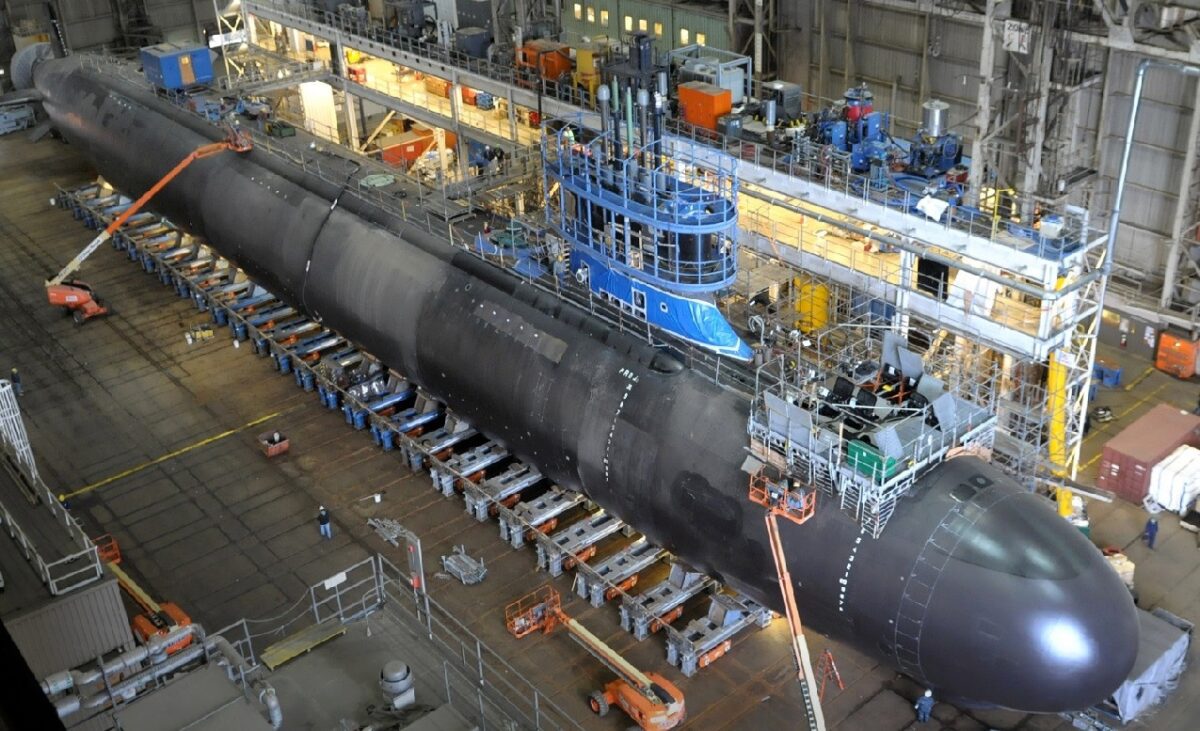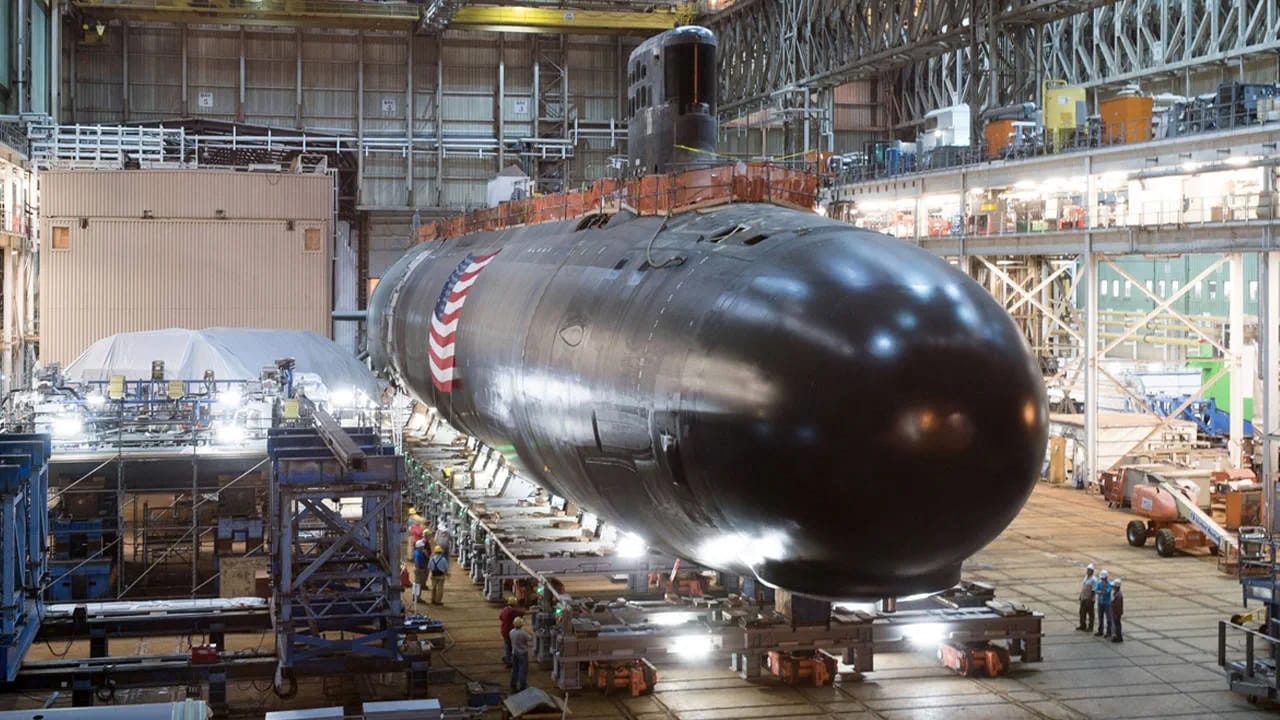CNO Calls For Increased Fleet of Attack Submarines: During the Cold War, with 480 boats in total, the Soviet Navy had the largest submarine fleet in the world – and even today, Russia maintains a significantly sized force of underwater cruisers. However, a growing concern is that since the 1990s, China has also been working to increase the size of its submarine fleet, and since 2006, eight nuclear-powered boats have even reached initial operation capability (IOP) on average every 15 months.
“This trend will likely continue as China improves its nuclear submarine technology in coming years,” an April 2020 report from the Office of Naval Intelligence warned. It also noted that China had 66 submarines in total in its fleet and was well on its way to reaching a targeted 76 by 2030.
By contrast, the United States Navy has just 53 fast attack submarines, along with 14 ballistic-missile and four-guided missiles submarines in service today. There have been calls to increase that number significantly, and Chief of Naval Operations Adm. Michael Gilday’s Navigation Plan 2022 now calls for attack submarine capacity to grow to 66.
That many attack submarines, which would be supplemented by the dozen Columbia-class nuclear-armed ballistic missile submarines that will replace the aging Ohio-class submarines beginning in the early 2030s, would increase the size of the United States Navy’s submarine force to 78 boats – roughly comparable to the People’s Liberation Army Navy (PLAN).
The 66 nuclear-powered fast-attack and large payload submarines would serve “to hold adversaries at risk in both contested seas and open oceans,” the CNO Navigation Plan 2022 suggested. It also called for the continued building of the Virginia-class at a sustainable rate while development continues on the SSN(X). This Next-Generation Attack Submarine or SSN(X), would be the successor to the Virginia-class and could begin to enter service in the mid-2030s. The Navy’s proposed fiscal year 2023 (FY23) budget request had called for $237.00 million in research and development funding for the SSN(X).
Catching China
At issue, however, is the rate at which Beijing is now building its own submarines. China has undertaken a massive naval expansion effort and could have a larger submarine force. Yet, it should be noted that the U.S. Navy’s fast attack submarines are just part of the CNO’s planned efforts to ensure that the United States is able to address threats from potential near-peer adversaries including China and Russia.
“This hybrid fleet will support the Joint Force with responsive options in competition, crisis, and conflict against rapidly evolving peer competitors. In the 2040s and beyond, we envision this hybrid fleet to require more than 350 manned ships, about 150 large unmanned surface and subsurface platforms, and approximately 3,000 aircraft,” the Force Design 2045 part of the plan laid out.

US Navy Virginia-class Submarine Under Construction.
In other words, the quantity of the boats is one factor, but so too is the quality – and more importantly, the capabilities. The United States will need to seek to balance quality with quantity while ensuring it maintains the most capable submarines.
Expert Biography: A Senior Editor for 1945, Peter Suciu is a Michigan-based writer who has contributed to over four dozen magazines, newspapers, and websites with over 3,000 published pieces over a twenty-year career in journalism. He regularly writes about military hardware, firearms history, cybersecurity, and international affairs. Peter is also a Contributing Writer for Forbes. You can follow him on Twitter: @PeterSuciu.

